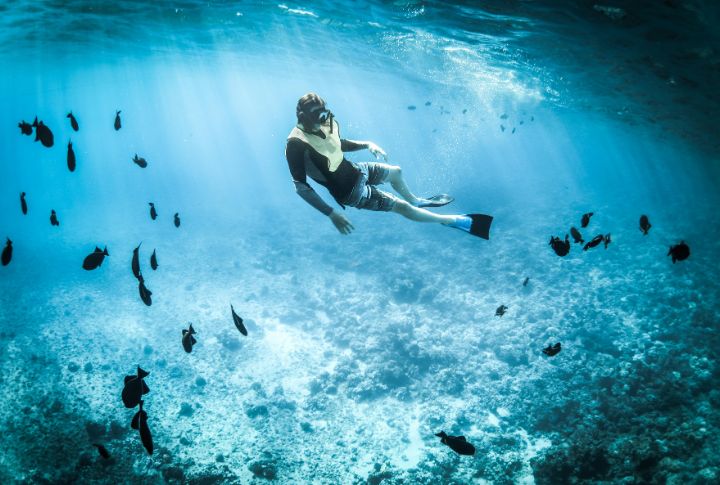
A quiet breath in. A gentle kick forward. And just like that, the ordinary world fades away. Below, a school of fish flashes silver, and in the distance, something bigger moves. Snorkeling isn’t just for those who wish to sightsee—it’s a dip into an entirely different world full of fascinating species. Get ready to explore 20 snorkeling spots where marine diversity takes center stage.
Molokini Crater, Hawaii
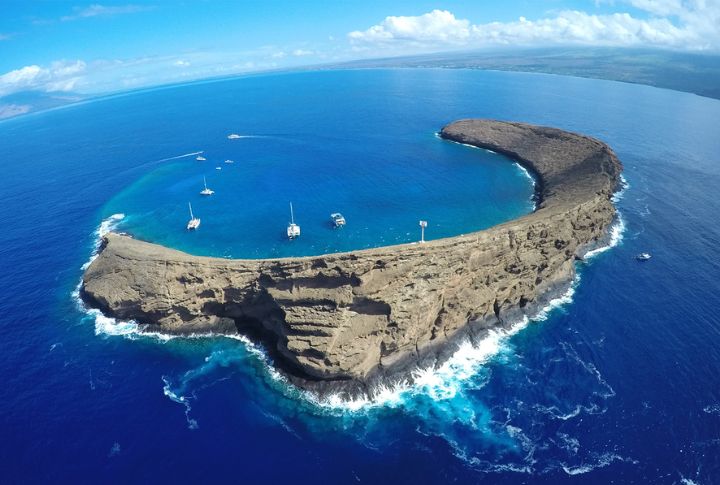
A submerged volcano created this crescent-shaped haven, perfect for snorkelers. Vibrant yellow tangs fill the reef, their bright colors standing out in the crystal-clear waters. To avoid the crowds, early morning visits offer a peaceful experience. Divers can explore the deep back wall while the inner crater is alive with a rich variety of marine life.
Silfra Fissure, Iceland
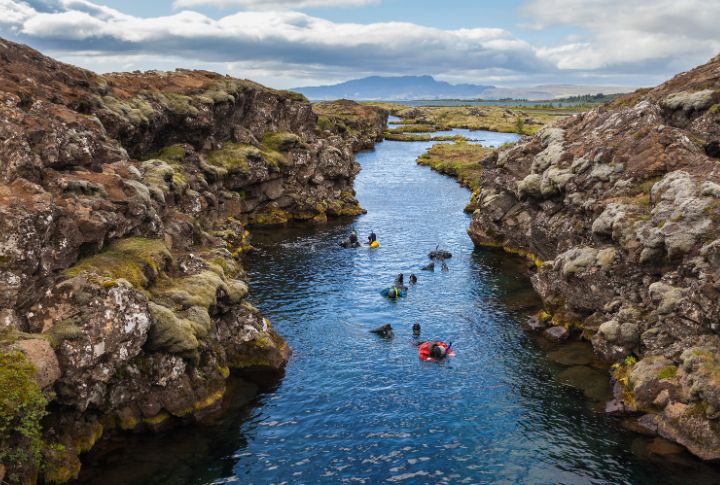
Silfra offers a one-of-a-kind underwater adventure, with crystal-clear glacial melt providing over 100 meters of visibility. Dry suits are essential to handle the icy waters. Surrounded by pure, drinkable water, it’s an unforgettable experience—though a bit of caution is needed. Floating between two continents feels surreal, making it a once-in-a-lifetime opportunity.
Great Barrier Reef, Australia
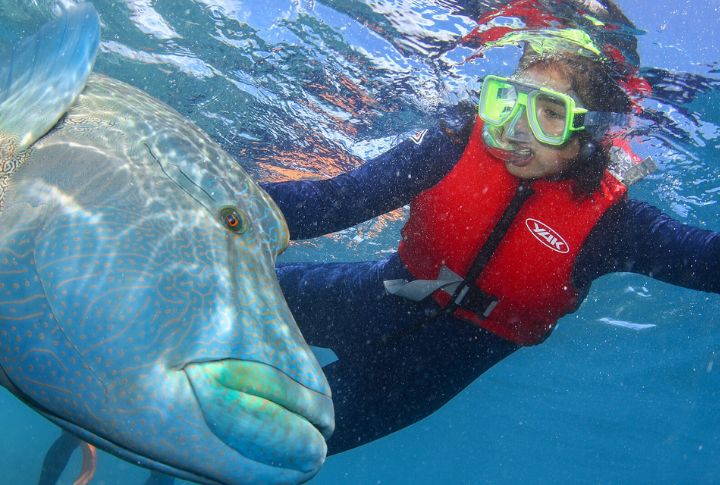
The world’s largest coral system, the Great Barrier Reef, demands exploration and respect from all who visit. Clownfish dart among anemones, giant clams open, and life explodes in extraordinary diversity. Sheer scale leaves visitors awestruck. Eco-conscious operators ensure responsible, sustainable encounters to protect this natural wonder.
Dean’s Blue Hole, Bahamas
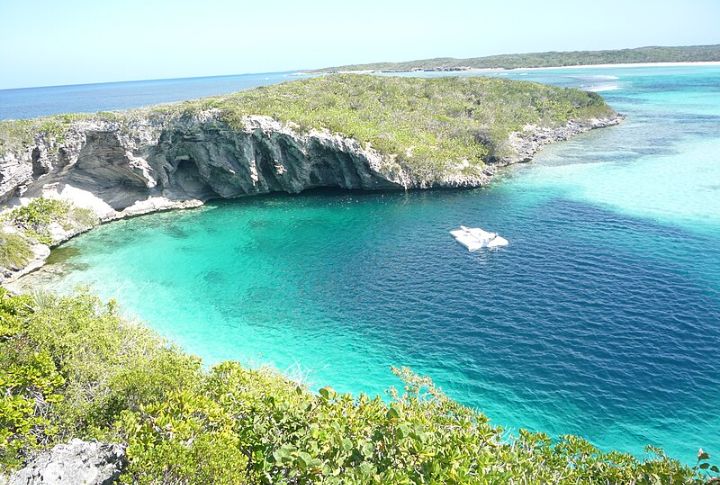
Beneath 200 meters, Dean’s Blue Hole is a deep blue mystery for those who dare to explore. Clear shallows meet the dark, abyssal drop at the rim, creating a dramatic visual contrast. Freedivers descend into the depths of this mesmerizing scene, a show of human skill. Reef fish populate the edges and offer a vibrant contrast against the deep blue.
Baa Atoll, Maldives
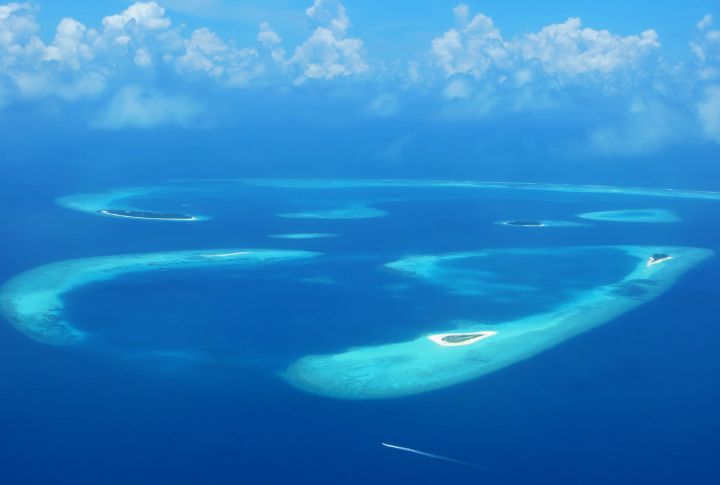
Coral and fish flourish in the warm, crystal-clear waters of Baa Atoll. During monsoon season, the area turns into a manta ray sanctuary, making it a must-see for ocean lovers. Hundreds of manta rays gather to feast on plankton blooms. Plus, Hanifaru Bay draws crowds eager to witness this event—a memory that lasts a lifetime.
Coral Gardens, Bora Bora
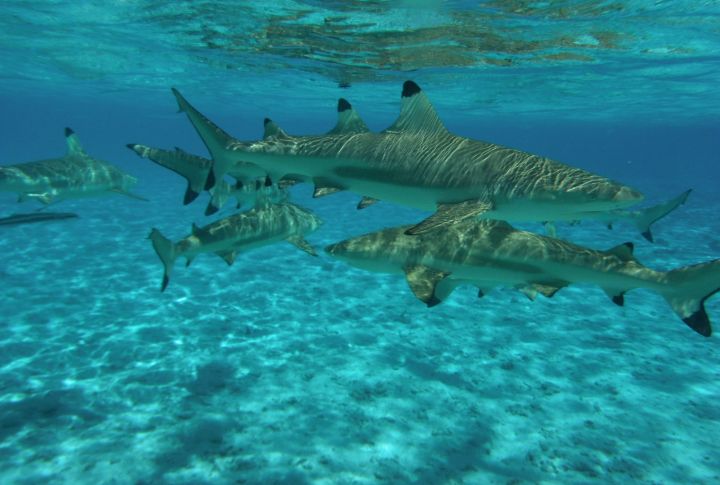
Bora Bora’s Coral Gardens is an underwater world filled with aquarium-like life that mesmerizes every visitor. Various fish and stingrays gracefully swim among the colorful corals. Guided tours often include shark and ray feeding, which sparks ethical debates. Underwater photos taken here capture the kaleidoscope colors of the diverse reef.
Devil’s Crown, Galapagos Islands
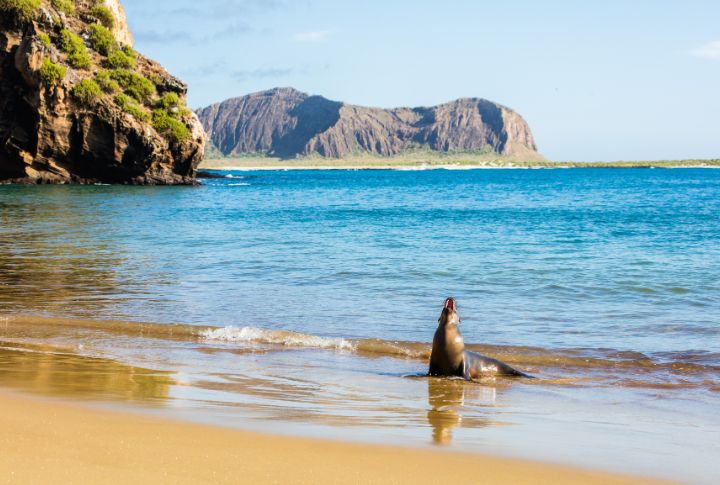
The islands’ isolation and ecological importance are displayed in the submerged volcanic cone of Devil’s Crown, which hosts unique wildlife. Strong currents demand experienced snorkelers and divers, a challenge worth taking. Sea lions and marine iguanas share the waters that offer unforgettable encounters.
Blue Hole, Belize
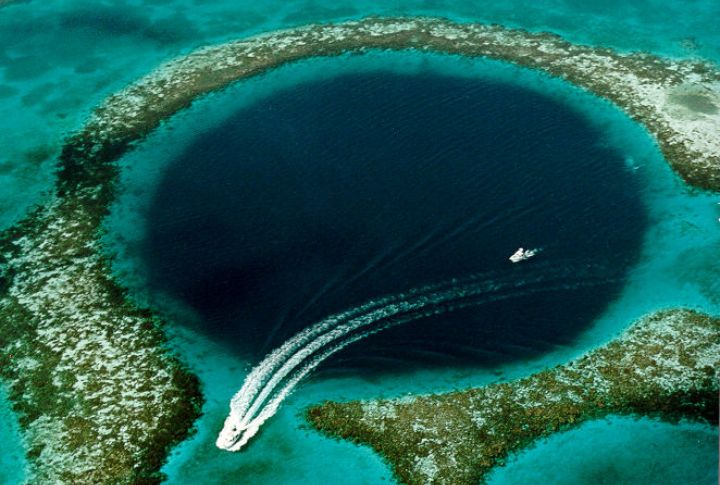
Lighthouse Reef is home to the magnificent Blue Hole, attracting divers and snorkelers from around the world. As you snorkel along the rim, you’ll discover vibrant reefs teeming with life, creating a stunning display of color. In the shallows, coral formations and diverse fish thrive in a lively ecosystem. Meanwhile, the deep blue of the hole provides a striking contrast.
Fernando de Noronha, Brazil
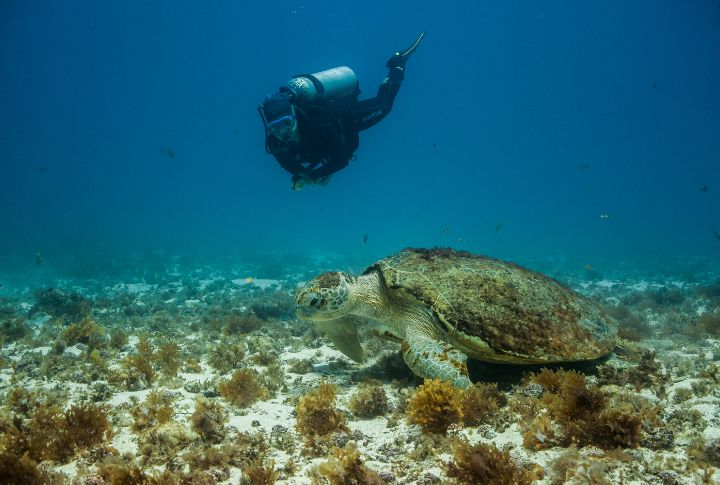
Warm, crystal waters here host sea turtles, playful dolphins, and a rich diversity of reef fish, a marine lover’s delight. The remote islands of Fernando de Noronha are a rare find for nature enthusiasts seeking unspoiled beauty. Baia do Sancho is consistently ranked among the world’s top beaches. Thanks to its protected status, the area features healthy, thriving wildlife.
Shark Bay, Western Australia
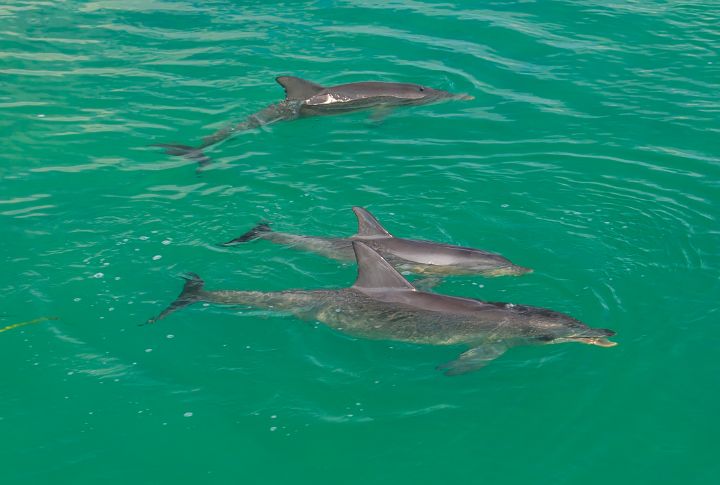
Despite the name, Shark Bay is a diverse marine haven and a UNESCO World Heritage site of immense ecological value. Dugongs, dolphins, and, yes, sharks inhabit the area, which is a complex ecosystem. Monkey Mia offers unique wild dolphin encounters close to shore. The bay’s vastness and diversity astound visitors; it is a truly remarkable place.
Eil Malk, Palau
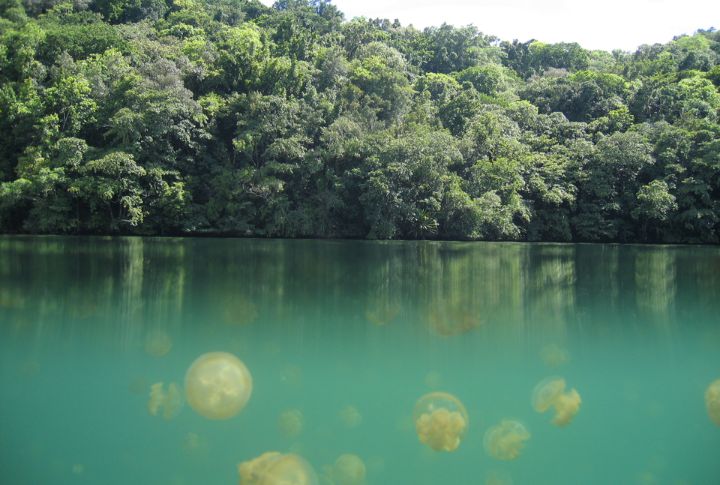
A unique aquatic phenomenon unfolds at Jellyfish Lake. Layers of water with distinct properties ensure isolation that allows mostly stingless jellyfish to survive. Evolved in this secluded environment, they fill the water column. Sunlight filters through the lush canopy for an ethereal glow. Special conditions deliver special results for patient photographers.
Raja Ampat Islands, Indonesia
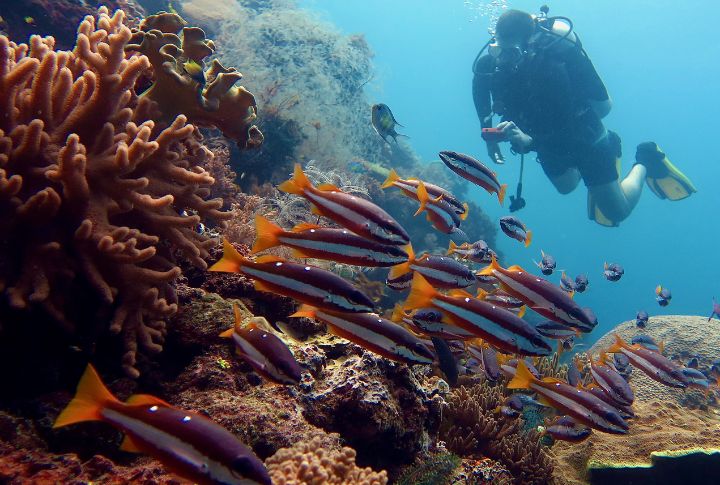
Biodiversity reaches a pinnacle in Raja Ampat’s underwater world. Coral gardens carry schools of pretty fish and gracefully gliding manta rays. Nutrient-rich currents fuel this exceptional ecosystem. Pygmy seahorses and wobbegong sharks offer diverse opportunities for underwater photographers, from macro to wide-angle.
Misool, Indonesia

Misool, a hidden gem in Raja Ampat’s archipelago, is home to thriving pristine reefs. Soft corals gently sway in the currents while reef sharks patrol the edges. Dramatic limestone cliffs frame these underwater scenes, creating a cinematic backdrop. Misool Eco Resort plays a key role in supporting the ongoing protection of this extraordinary area.
Poor Knights Islands, New Zealand
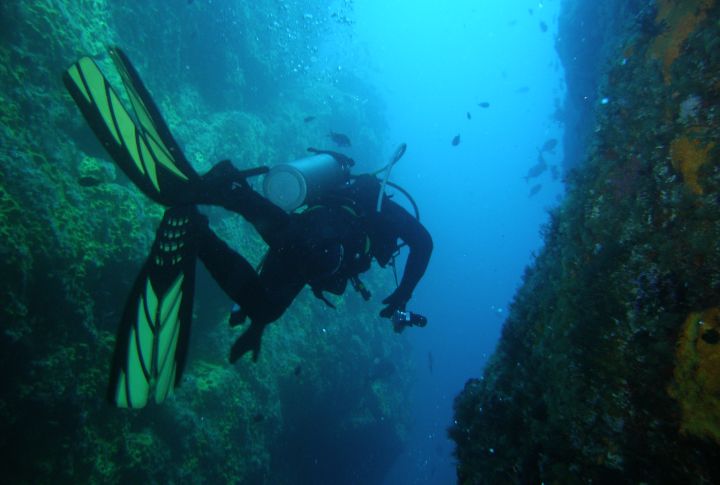
Here is where subtropical currents meet temperate waters—a marine reserve with diverse life. Kelp forests and sponge gardens provide unique habitats for numerous species. With their cooler waters, the Poor Knights Islands demand a thicker wetsuit for comfortable exploration of their unique marine experience.
Anacapa Island, California

Giant kelp forests create a beautiful subaqueous terrain at Anacapa. Cold water currents deliver nutrients that fuel the ecosystem’s productivity. The island’s environment is protected to maintain its health as part of the Channel Islands National Park. Sunlight filters through the kelp, creating a visually stunning sight for divers.
Apo Island, Philippines
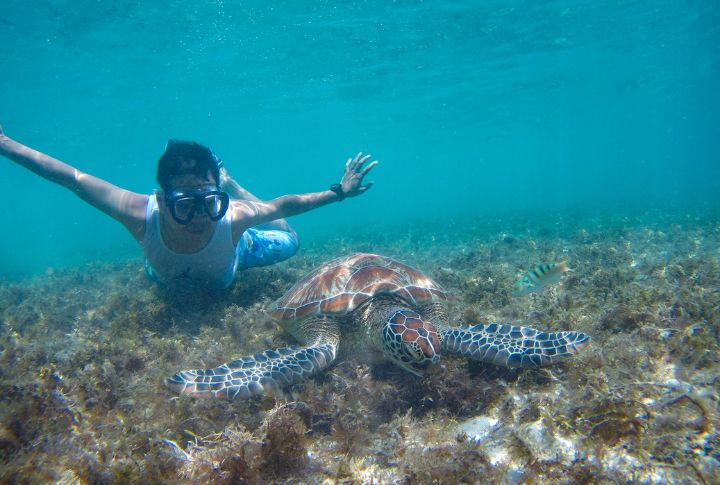
Community-led conservation efforts have transformed this spot into a resounding success story. Encounters with gentle sea turtles are a common highlight for visitors. Healthy coral reefs are the result of the tangible benefits of sustainable tourism, a model for others. In the island’s marine sanctuary, you will find clownfish, sea snakes, and barracuda.
Chinchorro Bank, Mexico
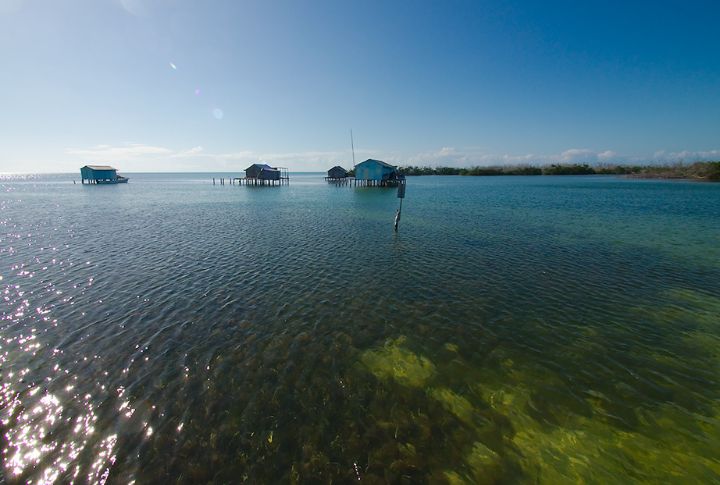
This biosphere is a barrier reef that hosts a diverse collection of marine life, a treat for nature enthusiasts. Manatees and nurse sharks are common sights, while crocodiles are present, though less frequently encountered. Reef walls drop off into deep waters, and the lack of crowds further adds to a unique and intimate experience.
Similan Islands, Thailand

Leopard sharks and schools of colorful fish populate these waters. Strong currents necessitate a careful dive plan where prioritizing your safety is recommended. Underwater topography offers diverse opportunities for photographers looking to capture the islands’ unique features. Granite boulders and vibrant coral reefs are the trophies of the Similan Islands.
Noumea Lagoon, New Caledonia
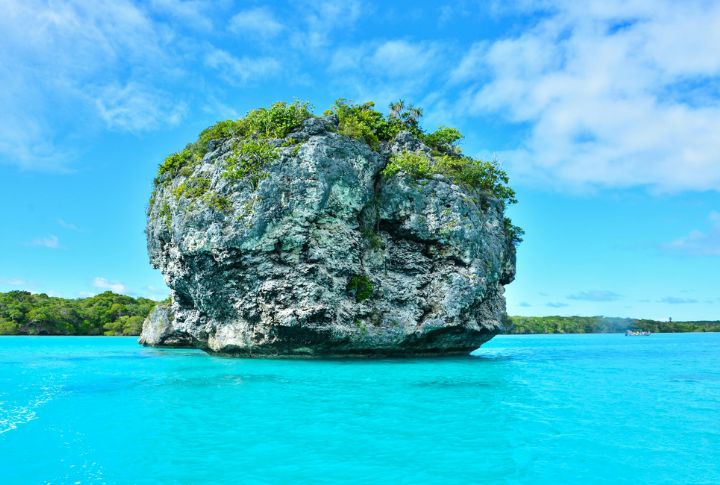
Noumea is surrounded by a vast lagoon, a paradise for snorkelers. Diverse coral reefs and evasive dugongs inhabit the lagoon’s waters. This is a UNESCO World Heritage site marked for its biodiversity. Warm, clear waters are ideal for extended diving sessions, and the protective barrier reef creates calm conditions.
Tofo Beach, Mozambique
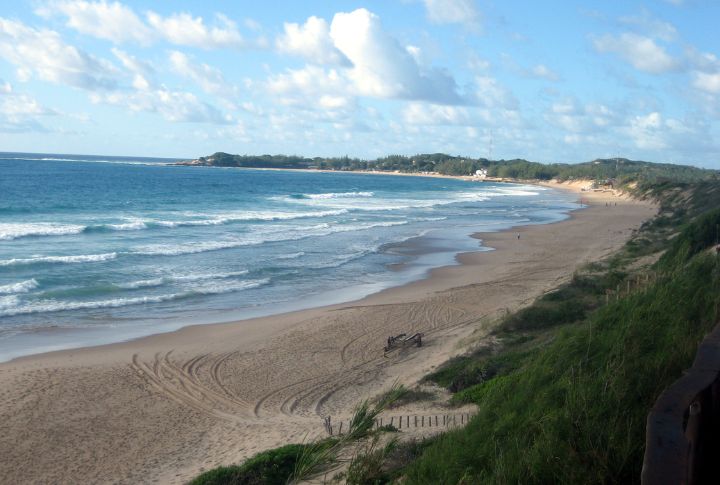
Tofo Beach is a hotspot for whale sharks and manta rays. Humpback whales migrate through the area, giving you spectacular seasonal sights. Nature’s resilience can be seen in the recovering reefs. Strong currents push nutrients in and attract large marine animals closer to the beach. Tofo’s laid-back vibe enhances the overall experience.
